Droughts, water restrictions, and rising utility costs are pushing many homeowners to rethink their landscaping. But a beautiful yard doesn’t have to mean constant watering. In fact, with the right plants, you can design a stunning, low-maintenance landscape that thrives with minimal irrigation.
Water-wise landscaping—often called xeriscaping—isn’t about settling for a barren, desert-like yard. With strategic choices, your garden can be filled with textures, colors, and seasonal interest while keeping water use to a minimum. Below are 10 landscaping plants that require almost no water once established, along with tips for incorporating them into your design.
1. Lavender (Lavandula spp.)
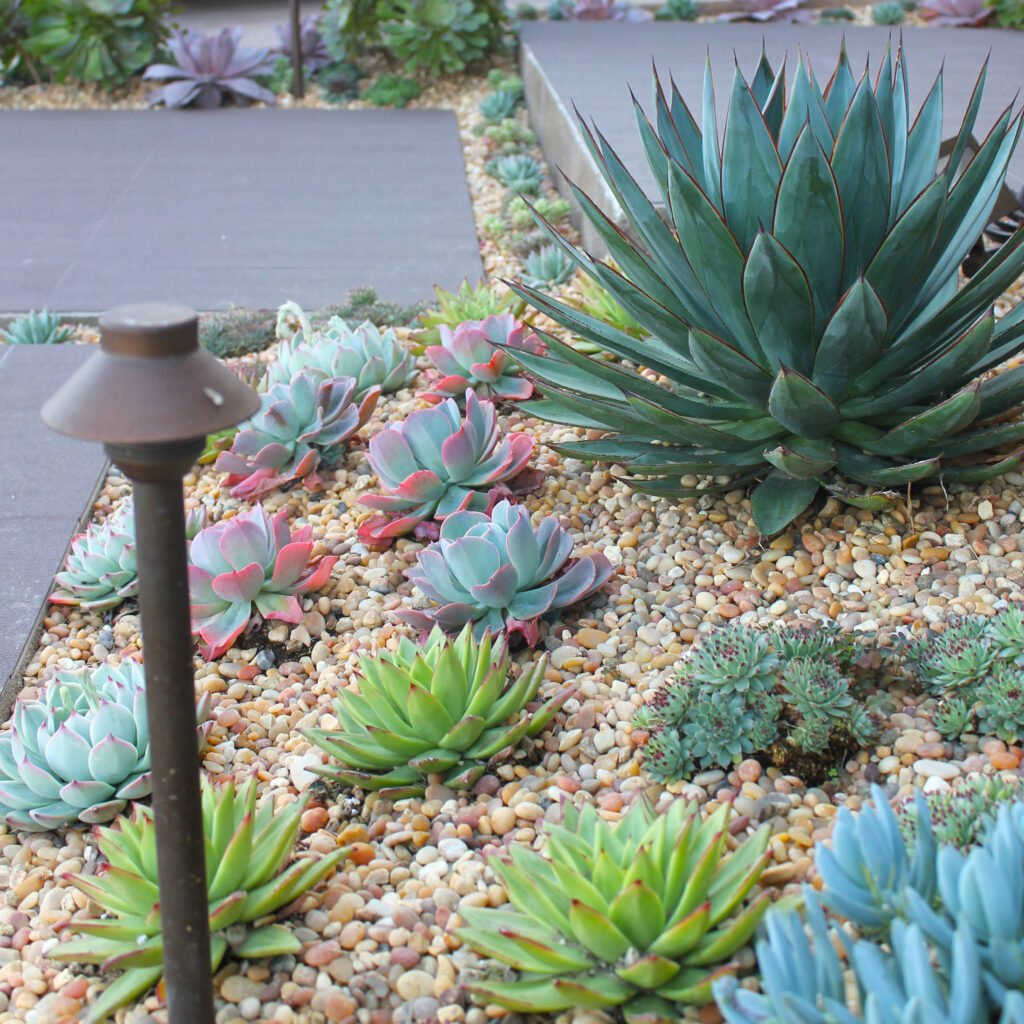
Few plants combine beauty and practicality like lavender. Known for its fragrant purple flowers and silvery foliage, lavender thrives in hot, dry conditions.
- Why it works: Native to the Mediterranean, lavender is perfectly adapted to dry summers and lean soil. Once established, it only needs occasional deep watering.
- Landscape use: Excellent for borders, pollinator gardens, or as a fragrant edging plant. Its aroma also deters deer and rabbits.
- Care tip: Ensure good drainage—lavender hates sitting in wet soil.
2. Russian Sage (Perovskia atriplicifolia)
With tall, airy spires of lavender-blue flowers, Russian sage creates a dramatic effect in dry landscapes.
- Why it works: Extremely heat- and drought-tolerant, this hardy perennial is perfect for low-water gardens.
- Landscape use: Plant en masse for a meadow-like effect or pair with ornamental grasses for contrast.
- Care tip: Prune in late winter or early spring to encourage fresh growth.
3. Sedum (Stonecrop)
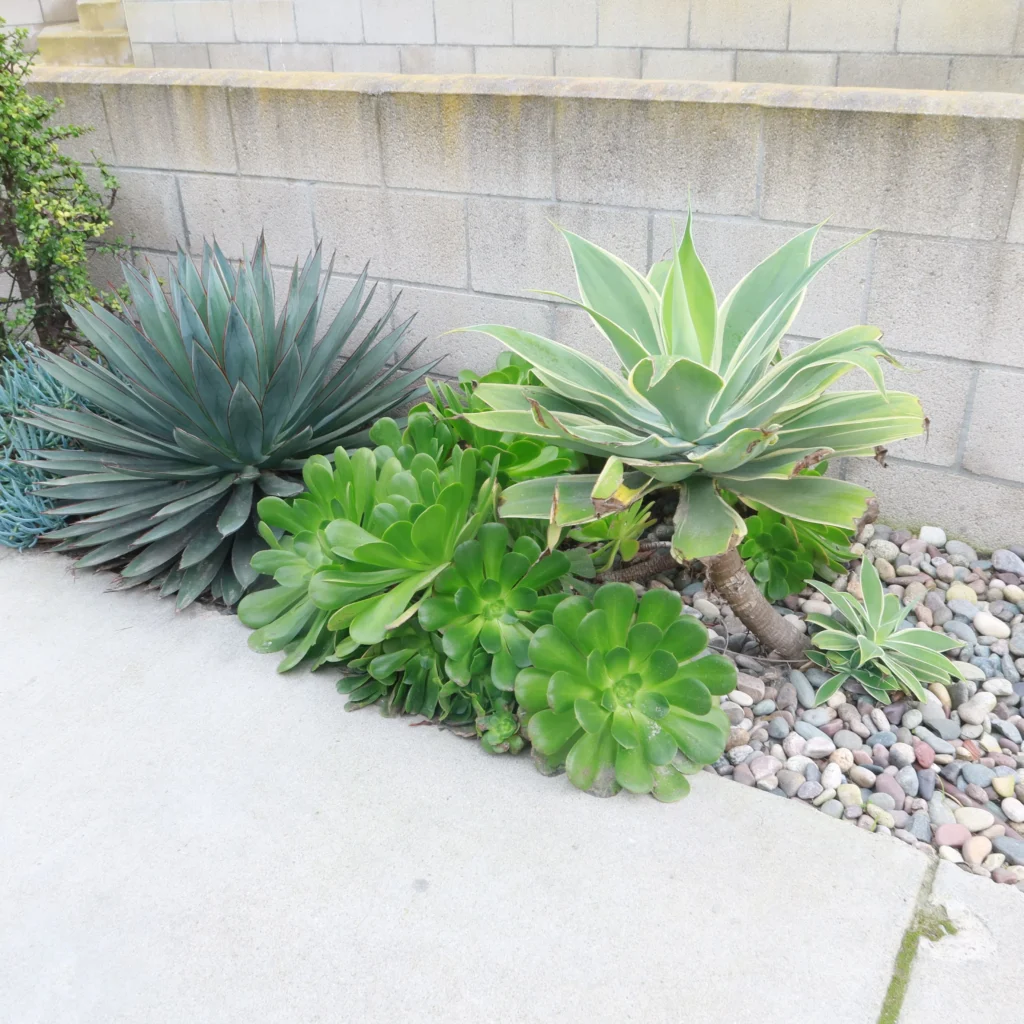
Succulent sedums come in a wide range of shapes, from low-growing mats to upright varieties with tall blooms.
- Why it works: Their thick, fleshy leaves store water, making them nearly bulletproof in drought.
- Landscape use: Perfect for rock gardens, groundcovers, or container plantings. Upright types like ‘Autumn Joy’ provide late-season color.
- Care tip: Plant in full sun for best coloration and water-sparing performance.
4. Agave
Agave plants are iconic in drought-tolerant landscapes, with bold, architectural rosettes that make a strong statement.
- Why it works: Like succulents, agaves store water in their leaves and thrive in dry, rocky soils.
- Landscape use: Excellent focal points in xeriscape gardens or as container specimens.
- Care tip: Give them room—some species grow quite large. Avoid overwatering.
5. Rosemary (Rosmarinus officinalis)
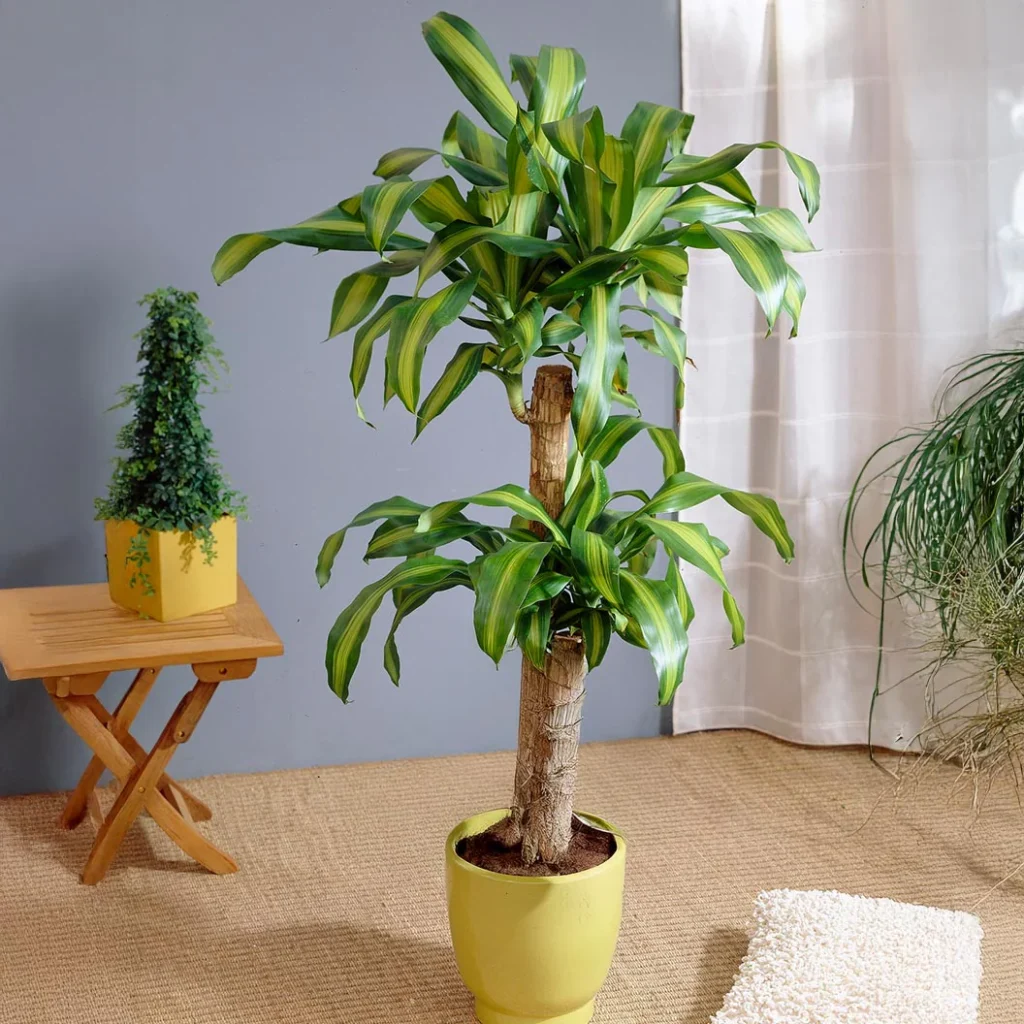
Rosemary isn’t just for cooking—it’s also a versatile, drought-tolerant shrub.
- Why it works: Another Mediterranean native, rosemary thrives in full sun and lean soils. Once established, it requires very little water.
- Landscape use: Works as a fragrant hedge, a groundcover (creeping varieties), or as an accent in mixed borders.
- Care tip: Prune lightly to maintain shape and prevent woodiness.
6. Yarrow (Achillea millefolium)
This tough perennial produces clusters of flat-topped flowers in shades of yellow, pink, and white.
- Why it works: Yarrow has deep roots that help it access water during drought. It’s highly resilient to neglect.
- Landscape use: Ideal for wildflower gardens, pollinator habitats, and mixed borders.
- Care tip: Cut back spent flowers to encourage repeat blooms and keep plants tidy.
7. Crape Myrtle (Lagerstroemia spp.)
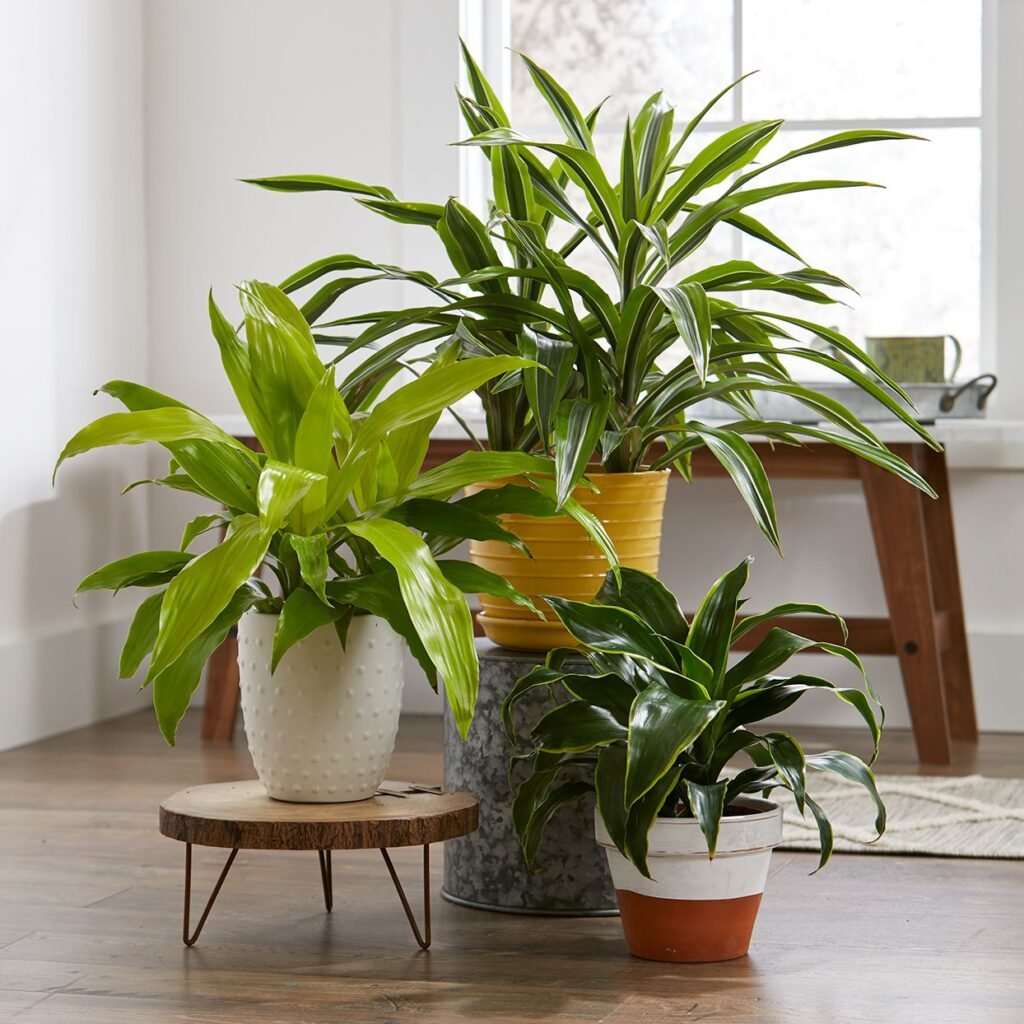
Crape myrtles bring vibrant color to dry climates with their long-lasting summer flowers.
- Why it works: Once established, these trees and shrubs are remarkably drought-tolerant. They handle hot, dry summers with ease.
- Landscape use: Perfect as street trees, focal points, or hedges. They provide both shade and blooms.
- Care tip: Avoid over-fertilizing, which encourages weak growth instead of flowers.
8. Ornamental Grasses (e.g., Blue Fescue, Fountain Grass, Muhly Grass)
Grasses add movement, texture, and structure to landscapes while requiring little care.
- Why it works: Many ornamental grasses are adapted to dry, open habitats. They withstand drought with minimal irrigation.
- Landscape use: Ideal for mass plantings, erosion control, or as borders. Muhly grass, with its pink plumes, adds eye-catching drama.
- Care tip: Cut back in late winter to make way for fresh growth in spring.
9. Bougainvillea
Bougainvillea is a showstopper with its papery bracts in bold colors like magenta, orange, or white.
- Why it works: It thrives in poor soil, high heat, and little water. In fact, too much water reduces its blooms.
- Landscape use: Perfect for covering fences, arbors, or walls. Also works as a striking container plant.
- Care tip: Provide strong support if grown as a climber, and wear gloves when pruning—it has thorns.
10. Cactus (Various Species)
Cacti are the ultimate low-water plants, offering endless variety in form, size, and bloom color.
- Why it works: Adapted to arid environments, cacti require almost no water once established.
- Landscape use: Use as statement plants in desert gardens or combine with succulents for textural variety. Flowering varieties like prickly pear add seasonal bursts of color.
- Care tip: Ensure excellent drainage—wet soil is their biggest threat.
How to Make a Water-Wise Landscape Still Look Lush
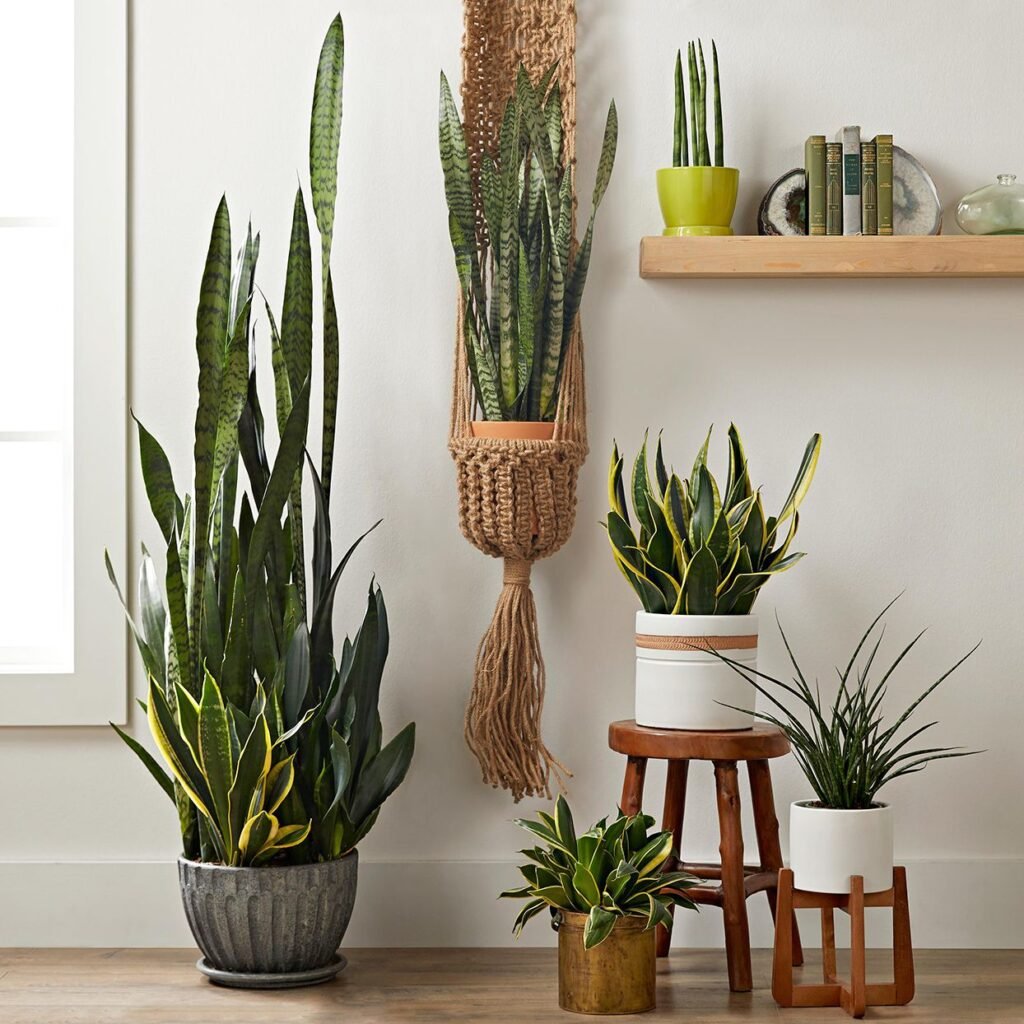
While the plants above are champions of drought-tolerance, your design choices can also influence how lush your landscape feels.
- Layer heights and textures: Use tall grasses, mid-height shrubs, and low groundcovers to create depth.
- Mix colors: Combine silver-foliage plants (like lavender) with deep green (rosemary) and pops of bloom color (yarrow, bougainvillea).
- Use hardscaping: Gravel, stone, and permeable pathways reduce water use while adding structure.
- Plant in groups: Massing plants in drifts makes the garden feel full and intentional.
Water-Saving Tips for Establishment
Even drought-tolerant plants need extra care during their first season.
- Water deeply but infrequently to encourage deep root systems.
- Mulch well to reduce evaporation and suppress weeds.
- Install drip irrigation for precise, low-water delivery.
- Plant in fall when temperatures are cooler and natural rainfall is higher, reducing stress.
Final Thoughts
Landscaping with low-water plants doesn’t mean sacrificing beauty. From the fragrant blooms of lavender to the dramatic presence of agaves and the vibrant hues of bougainvillea, your yard can thrive while conserving water. These 10 plants prove that sustainability and style go hand in hand—offering resilience, color, and structure without draining your resources.
By choosing drought-hardy species and designing thoughtfully, you’ll create a landscape that looks stunning year-round and weathers even the driest conditions with ease.
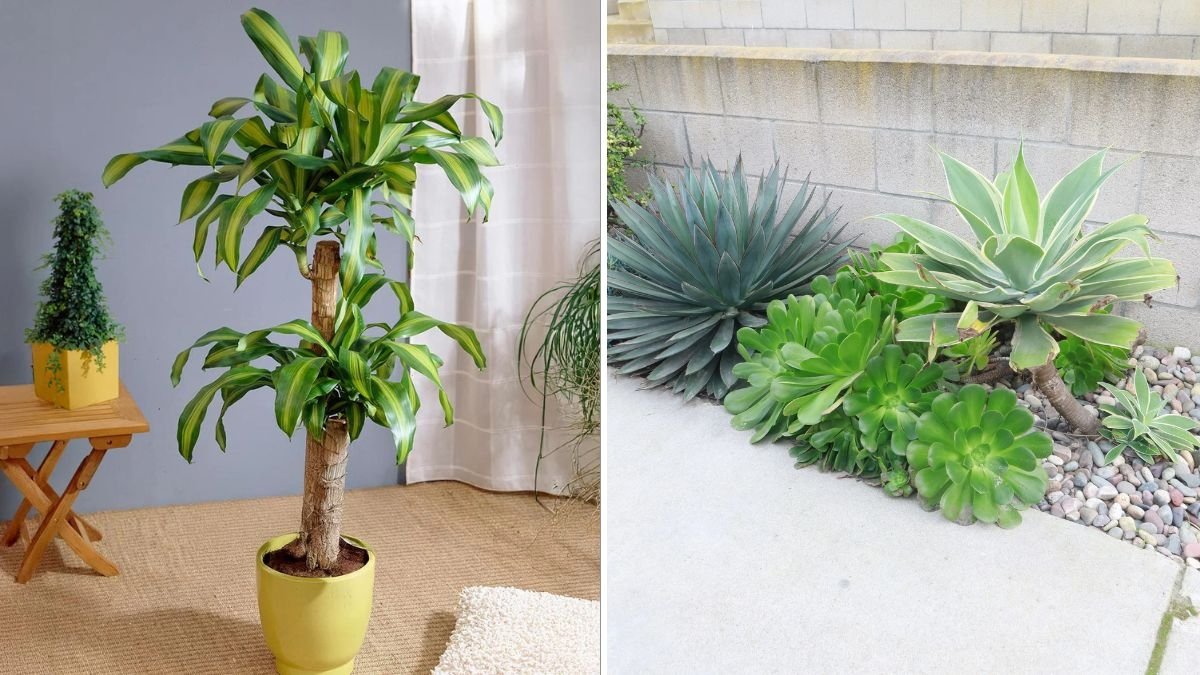





Leave A Comment